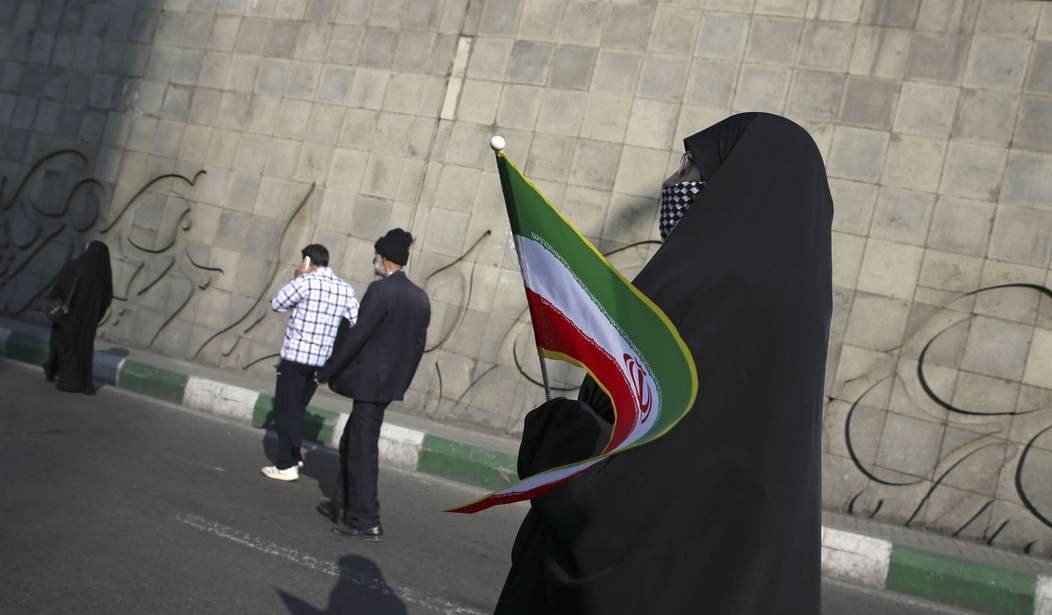Thirty-five years ago this month, Ayatollah Ruhollah Khomeini, Supreme Leader of the Islamic Republic of Iran, issued a fatwa, ordering the massacre of more than 30,000 political prisoners in prisons all across Iran. It was a crime against humanity and one of the worst acts of malicious butchery since the end of WWII. The majority of those executed, in August 1988, were members or supporters of the main democratic opposition movement, the Mojahedin-e Khalq (MEK). They were mostly young, well-educated, Iranian men and women. Some had been imprisoned for supporting the MEK and had been released after serving their sentences. They were re-arrested in their thousands and subjected to arbitrary 3-minute trials in which they were asked a single question: “Do you still support the MEK?” If they answered “Yes” they were immediately sent for execution. Batches of six at a time, including even pregnant women, were hanged in prison gymnasiums. Their bodies were then buried secretly, and their families ordered to remain silent under threat of prosecution.
One of the main presiding judges during this carnage was Ebrahim Raisi, now the President of Iran. Raisi, dubbed ‘The Butcher of Tehran’ for his notorious role as an executioner, was ‘appointed’ president by Ayatollah Ali Khamenei in a sham election in August 2021. Khamenei hoped that Raisi’s reputation as a hard-line thug and murderer, would frighten the restive Iranian population into passive submission and unify the government. Two years of maladministration, corruption, repression, and mass executions have marked Raisi’s term in office as disastrous, even within the context of a litany of despotism and tyranny since the 1979 revolution that brought the mullahs to power. Nationwide uprisings have erupted repeatedly and have been met with brutal force. The insurrection that began last September, bringing tens of millions onto the streets, has seen 750 protesters killed and over 35,000 arrested. Raisi has ordered a frenzy of executions in an attempt to terrorize the population.
Now there are visible signs of dissent, even with the ranks of the theocratic regime. Many regime loyalists and even members of the Majlis (parliament) have denounced Raisi’s botched presidency and demanded his resignation. On May 3, the state-run Jahan-e Sanat newspaper wrote: “The current government is the weakest since the [1979] revolution. With such a degrading record, no room is left any more to defend or support it, and we see no one defending this government.”Earlier, members of the Majlis, who,on the instructions of Khamenei, had written a letter in support of Raisi’s candidacy for the presidency, announced that they regretted having done so. According to a report in the Khabar Online website on April 28, 2023: “Several of those supporting representatives collected a petition, stating that they apologize to the Majlis and the nation for supporting Raisi to be elected as president.”
Recommended
The frustration of the parliament is easy to understand. The Iranian economy is in freefall. Inflation is soaring. The currency has collapsed. Unemployment has reached unprecedented levels. Over 70% of the 85 million population now live below the international poverty line. Since the 1979 revolution, the mullahs have stolen the people’s wealth for the past 44 years.The theocratic regime has squandered billions on the export of terror and on proxy wars in Syria, Yemen, Lebanon, Gaza and Iraq, spending billions more on their top-secret nuclear weapons programme, while stuffing bags of cash into their own private bank accounts.The mullahs are now facing the wrath of the people. The perfect storm they have created, has left the mullahs adrift in a sea of turmoil and confusion. They know they cannot resolve the multitude of problems they have caused. They know that a single spark could ignite a new revolution that could sweep them from power. They openly admit that the MEK are the greatest threat to their survival, with active resistance units burgeoning in towns and cities across Iran.
Although Raisi has presided over this debacle, the role of president is entirely subservient to the Supreme Leader. The 84-year-old sociopathic Supreme Leader Ali Khamenei, who is unelected, controls the armed forces, the judiciary system, state television and other key governmental organizations. Even key cabinet posts such as the foreign minister and the intelligence minister must answer directly to Khamenei, rather than the president. Khamenei controls the Islamic Revolutionary Guards Corps (IRGC), the regime’s Gestapo, which runs 80% of the Iranian economy, corruptly funnelling money stolen from the people into private banks and using the rest to finance its proxy wars and mushrooming nuclear and ballistic missile programmes. The IRGC pays no tax, nor does Khamenei,who controls a massive financial empire worth an estimated $200 billion, resources which could readily be made available to alleviate the suffering of the Iranian people.
The mullahs are now hated by the majority of Iranians, who blame the turbaned tyrants for their miseries. Many are boycotting the mandatory Friday prayer meetings where leading clerics deliver hate-filled sermons, demonizing the West and denouncing the MEK. On July 23, Seyyed Salman Zaker,a member of the Majlis,stated: “We have more than 75,000 mosques, with a few thousand prayer houses and other sites for prayers to attend… go and see how many of these places are active? Today, more than 50,000 of our mosques are closed or semi-closed.”
There is even growing evidence of defections from the IRGC and their thuggish Basij militia. There can be no doubt that the day of reckoning is fast approaching for the regime. The mullahs cannot escape justice. Khamenei, Raisi and their colleagues will be held accountable and answer for their crimes and terrorism before the international courts of justice and before the people of Iran.























Join the conversation as a VIP Member